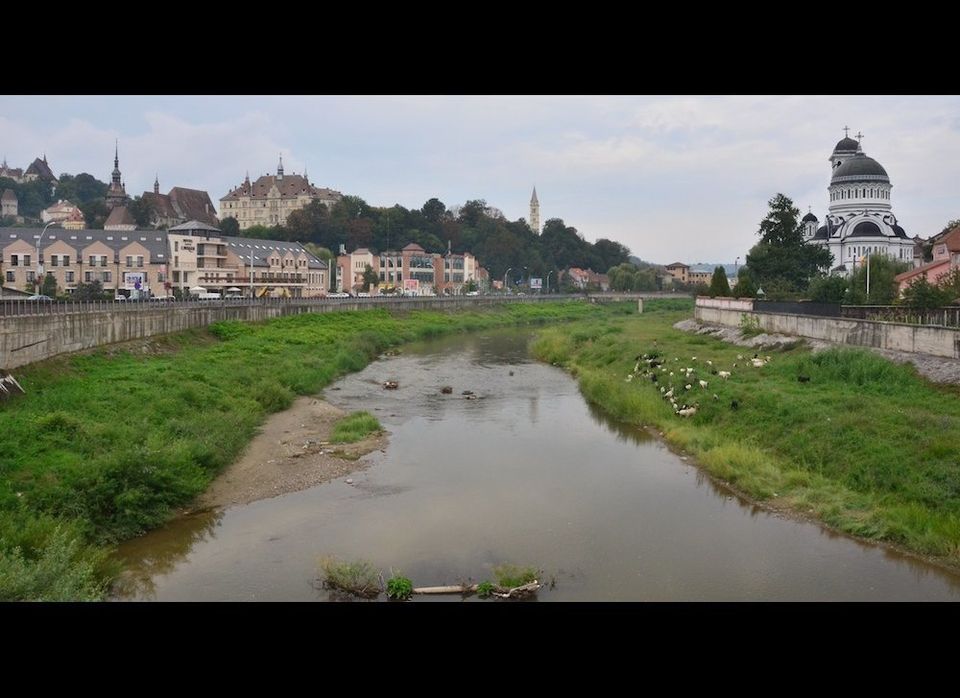Romania has been gaining buzz as a destination over the past several years, and not just because of the extremely clever ad campaign its tourism ministry recently ran in the UK.
Romania's affordability was the focus of this campaign, but the country's true draw for potential visitors is its complex cultural tapestry. A blend of ancestral Latin identity cut with a history of Hungarian, Ottoman and Soviet imperialism, modern Romania's intoxicating composition manifests itself in language, cuisine, architecture and social customs.
One of my favorite places I visited during the 10 days I spent in Romania last month was the village of Sighișoara, located in the heart of Transylvania. In spite of its vampiric sounding name, the origins of Sighișoara are German, and date back to the 12th century, when the Hungarian ruler who presided over Transylvania invited Saxon craftsmen and merchants to settle and protect the region.
Sighișoara, whose walled citadel is a UNESCO world heritage site, is small, and in close proximity to Transylvania's tourist hub Brașov. This makes it an easy day-trip if you don't have time in your schedule to devote an entire day to it (which I obviously hope you do). Click through the slideshow below to see my best photos from Sighișoara, and visit Leave Your Daily Hell for more incredible destinations for independent travelers.
